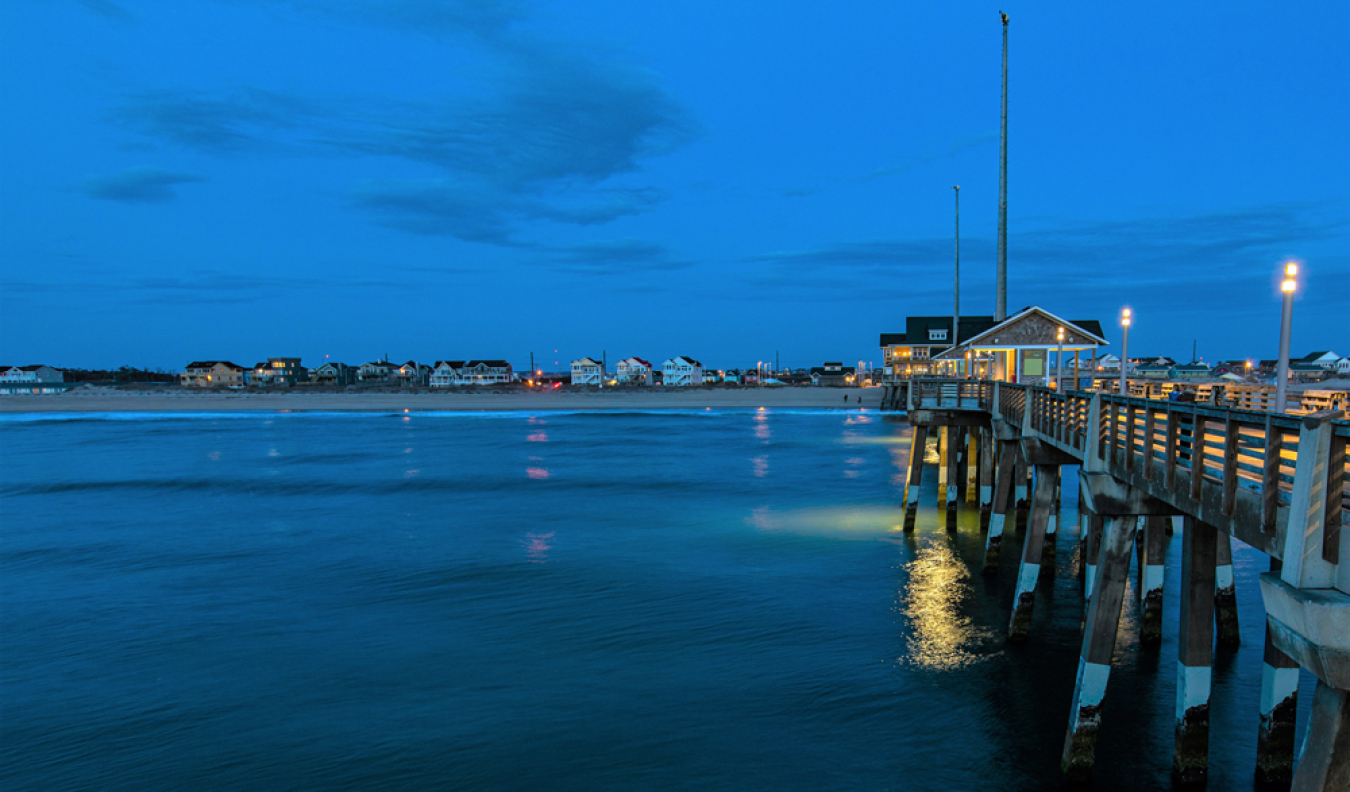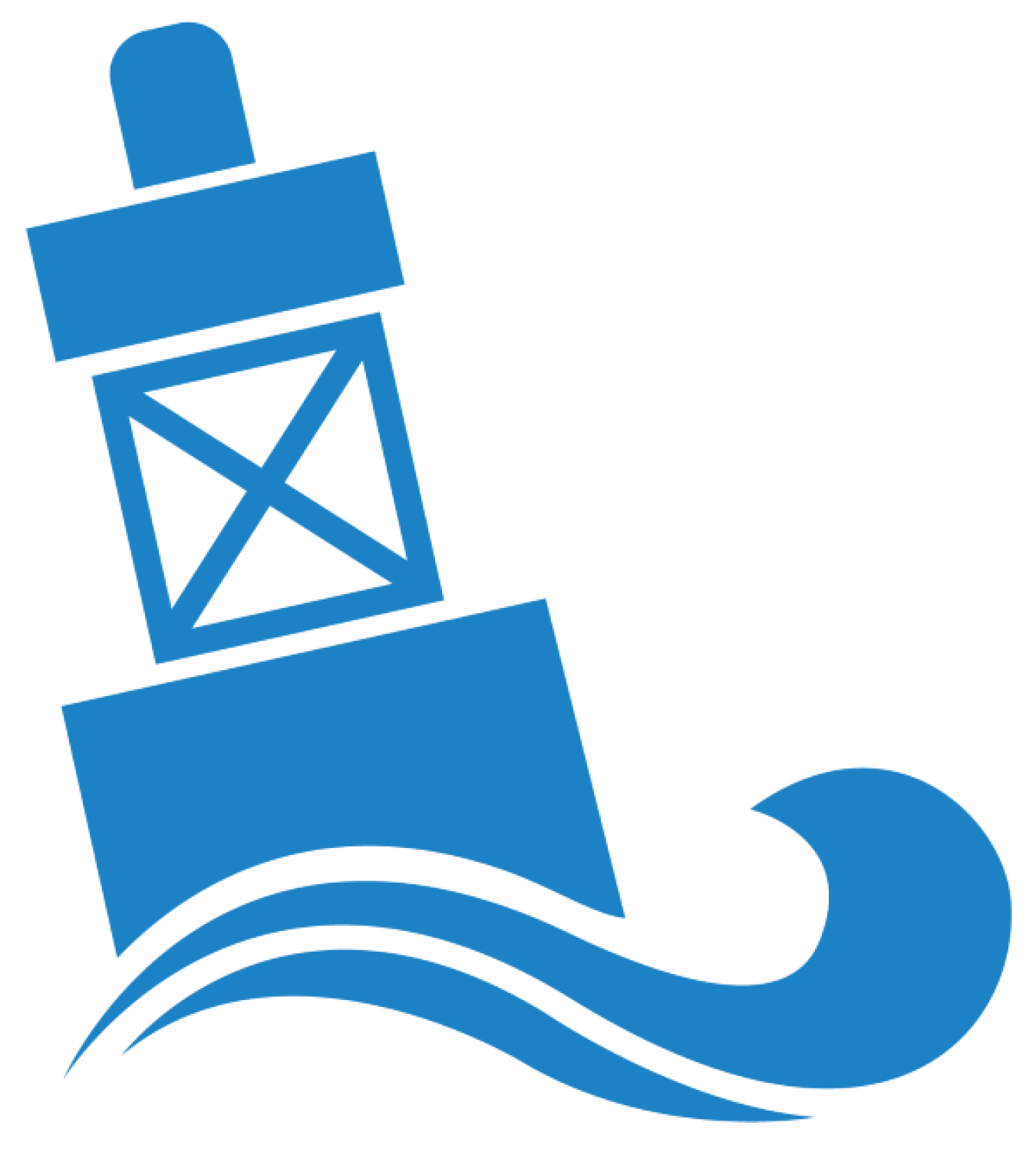The National Renewable Energy Laboratory and Pacific Northwest National Laboratory completed the first step in developing the Community Deployment Readiness Framework to support remote, coastal, and island community-driven energy transitions.
Water Power Technologies Office
March 14, 2024Marine Energy Program
Technology-Specific System Design and Validation
Project Name: Community Deployment Readiness Framework
Project Team: National Renewable Energy Laboratory and Pacific Northwest National Laboratory
Lead Recipient Location: Golden, Colorado, and Richland, Washington

The National Renewable Energy Laboratory (NREL) and Pacific Northwest National Laboratory (PNNL) completed the first step in developing the Community Deployment Readiness Framework to support remote, coastal, and island community-driven energy transitions. This framework can be used by researchers, technical assistance experts, and program officers at the U.S. Department of Energy (DOE) to better understand the readiness of communities for marine energy technology demonstration projects and their operation. The framework builds on DOE's Energy Transitions Initiative Partnership Project supported, in part, by the Water Power Technologies Office (WPTO).
The Community Deployment Readiness Framework is being developed in three phases and in close collaboration with communities, stakeholders, and end users, such as sponsors of DOE's technical assistance programs and researchers at national labs.
In Fiscal Year 2023, the team completed the learning phase. During this first phase, PNNL published a report identifying metrics for understanding community readiness, like technical capacity, environmental factors, and social implications. The NREL team then used these metrics to inform an outreach and engagement campaign, which surveyed and interviewed key people involved in DOE's technical assistance programs.

Marine energy technologies could help coastal communities build greater resilience through reliable, locally sourced energy that is more affordable and sustainable.
Interviewees had the opportunity to share unique perspectives and experiences with renewable energy technical assistance projects, uncovering the priorities and challenges that each community experiences when integrating marine resources into their energy system. From interview responses, the team identified themes that set the foundation for the framework, which are detailed in NREL's full outreach report.
This feedback and groundwork will help WPTO and the national laboratories enable realistic and scalable marine energy solutions for communities embarking on a clean energy transition. The Community Deployment Readiness Framework considers technology innovation, technical readiness, and demonstration holistically, and will be guided by the following recommendations:
- Sustained, consistent, and iterative collaboration among communities, national laboratories, and DOE within an adaptive management framework.
- Sustained and consistent funding, which is key for communities to build their own capacity.
- Community-centered plain language to meet a community where it is in its energy transition with the appropriate technical assistance.
- A peer-to-peer process that connects communities to share lessons learned in technology education, as well as technical and demonstration support.
- Support beyond the life span of technical assistance projects that focuses on capacity and funding.
Now that the learning phase has concluded and the groundwork for the Community Deployment Readiness Framework has been laid, the team is working to complete the design phase. In this second phase, the team is defining and developing the specific approaches and tools that will help decision makers better understand a community's readiness to integrate marine renewable energy resources. After the second phase is complete, the team will focus on the third phase—implementation. This final phase will focus on creating the applications and user interfaces needed for researchers and decision makers.
This work is supported through WPTO's Powering the Blue Economy™ initiative.
-
 Sandia National Laboratories identified innovative wave energy converter concepts that could power sensors on an ocean observing buoy.
Sandia National Laboratories identified innovative wave energy converter concepts that could power sensors on an ocean observing buoy. -
 NREL researchers identified optimal materials for harnessing ocean thermal gradients and generating electricity to power underwater vehicles.
NREL researchers identified optimal materials for harnessing ocean thermal gradients and generating electricity to power underwater vehicles. -
Researchers at the National Renewable Energy Laboratory expanded the capabilities of their open-source modeling tool to enable simulation of marine energy turbines to help optimize technology designs.
-
 The National Renewable Energy Laboratory and Pacific Northwest National Laboratory completed the first step in developing the Community Deployment Readiness Framework to support remote, coastal, and island community-driven energy transitions.
The National Renewable Energy Laboratory and Pacific Northwest National Laboratory completed the first step in developing the Community Deployment Readiness Framework to support remote, coastal, and island community-driven energy transitions. -
ORPC tests its new Modular RivGen Power System in Millinocket, Maine. Future applications may include power for electric vehicle charging stations, critical infrastructure, and communities.
-
 Triton Systems Inc. successfully tested its wave energy converter in hurricane-level waves, proving the durability of its prototype and demonstrating that marine energy can reliably power data collection and ocean exploration activities.
Triton Systems Inc. successfully tested its wave energy converter in hurricane-level waves, proving the durability of its prototype and demonstrating that marine energy can reliably power data collection and ocean exploration activities.
WPTO's marine energy e-newsletter shares news and updates on tools, analysis, and emerging technologies to advance marine energy.
The WPTO e-newsletter brings funding opportunities, events, publications, & hydropower and marine energy updates directly to your inbox.


